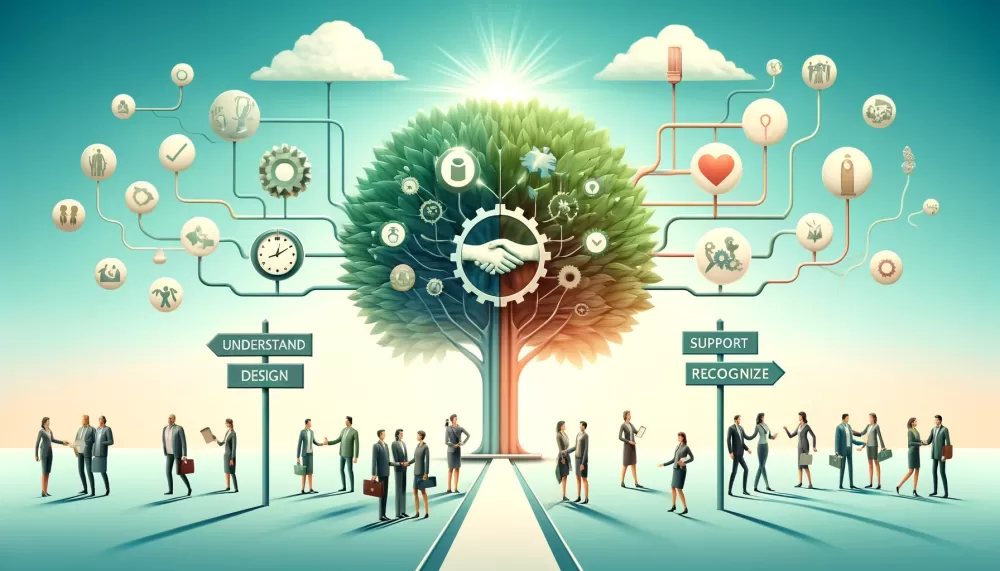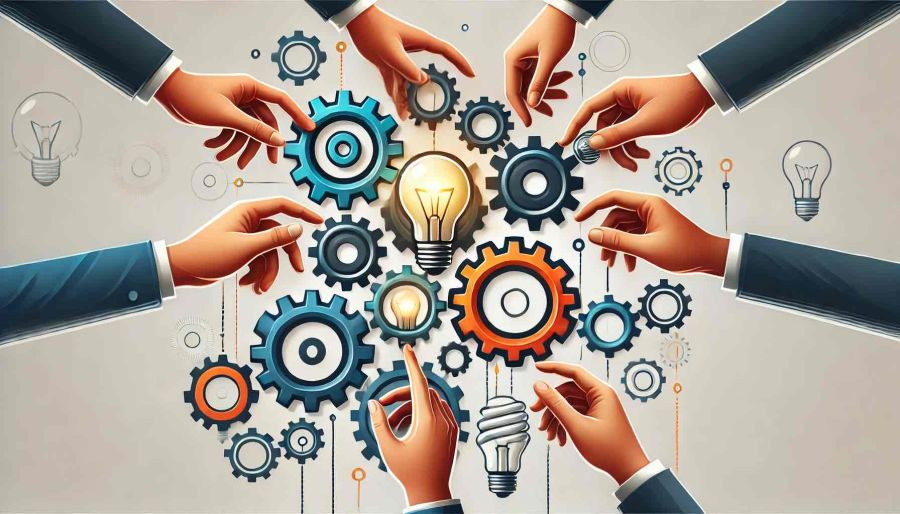Elevating Organizational Culture: From Rules to Standards
As local government organizations struggle evolve, there comes a point where moving beyond the rigid structure of rules and regulations becomes necessary to foster a more dynamic and proactive workplace. This evolution involves setting higher standards and clear expectations that will lead to necessary compliance across all departments consistently. Here’s how leaders can navigate this organizational culture transition effectively, broken down into strategic steps:
Understanding the Distinction
At the core of this transition is the critical understanding of the difference between rules and standards. Rules and regulations are concrete, enforceable directives that dictate specific actions and behaviors. They are necessary for establishing basic legal and operational compliance. On the other hand, standards and expectations refer to the desired states of excellence that organizations aspire to achieve. These are crafted not just to maintain compliance but to elevate performance and ethical practices.
While their are always going to be rules and regulations that are required for various compliance items, organizations are NOT required to lead with a set of rules and regulations. Better performing organizational cultures lead with an accepted standard of the organization and it’s employees. These standards are fair to all, establish communication expectations in all directions and help establish a secure environment for employees to thrive.
Communicating the Purpose
Transitioning to standards and expectations should start with a clear communication strategy. Leaders must articulate the reasons behind the shift in organizational culture — emphasizing improvement in service, innovation, and personal accountability. This communication should be affirmative, motivating the workforce to view this change as a pathway to personal and collective growth, rather than just an organizational demand.
Developing and Defining Standards
Developing meaningful standards requires input from a broad spectrum of stakeholders. Involving various levels of leadership and staff ensures that the standards are comprehensive and applicable. These standards should provide a clear framework that guides all towards excellence.
It may be helpful to use an external third party assessment to help establish an organizational culture baseline initially. It may also be beneficial to hire a professional facilitator to ensure an unbiased approach to staff member and stakeholder inputs.
Setting Clear Expectations
Expectations serve as the practical applications of standards; they are the benchmarks against which performance is measured. Setting clear expectations involves detailing the behaviors and outcomes that are anticipated from staff at all levels. These expectations should align with the organization’s goals and be communicated in a manner that is direct yet flexible, allowing for situational adjustments.
Training and Support
Adequate training and resources must be provided to support the workforce in meeting these new standards. This includes comprehensive leadership training to prepare leaders not just to enforce these standards, but to embody and promote them. Continuous learning opportunities should also be available to staff, ensuring everyone has the knowledge and skills needed to succeed.
Special attention should be given to Directors and Department Heads that may have been promoted into positions of authority without sufficient training to lead in this environment. Local Government Executive Coaching is a critical support item. It may also be wise to consider an overall Leadership Team Development strategy and initiatives.
Monitoring and Adjusting
The implementation of standards and expectations is not a set-and-forget process. Regular monitoring and evaluation are crucial. This includes structured feedback mechanisms where employees can discuss challenges and successes. Based on this feedback, standards and expectations should be periodically adjusted to stay relevant and effective.
If a third party assessments was used to benchmark early, repeating the assessment will provide a mechanism to demonstrate performance along the journey.
Recognizing and Rewarding
Finally, meeting and exceeding standards should be recognized and rewarded. Recognition programs not only motivate employees but also set a benchmark for excellence within the organization. Rewards can be both formal, such as bonuses or promotions, and informal, such as public acknowledgment in meetings or through internal communications.
Conclusion
Transitioning from rules and regulations to standards and expectations is a significant shift that requires careful planning, clear communication, and ongoing support. By focusing on higher standards, organizations can cultivate a workplace that values continuous improvement and proactive achievement. This shift not only enhances compliance but also fosters a more engaged and motivated workforce, driving the organization toward its strategic goals. As we embrace these changes, we pave the way for innovation, excellence, and a more fulfilling organizational atmosphere. Let us move forward with this transformative approach and set a new standard of operational excellence.
By following these steps, local governments and other organizations can create an environment that not only meets but exceeds the expectations of the communities they serve, ensuring a brighter, more efficient future for all stakeholders involved.

About the Author
Rob Duncan
Think Tanks
A secure space for open, trusted sharing among City Managers and County Administrators.
Workshops
Professionally facilitated and tailored to meet the specific needs of local government leaders.
Executive Coaching
Leadership Training
Our comprehensive training approach is designed to empower leaders and enhance their capabilities.
Think Tank Insights
Actionable leadership strategies, tools for self-awareness, and resources for executive development — crafted from real challenges and opportunities discussed by local government leaders like you.
Stay connected with fresh learning from City Manager and County Administrator Think Tanks delivered straight to your inbox.
Related Articles
What Feral Kittens Taught Us About Leadership, Trust, and Healing
The Cultural Current Dragging Down Local Government

Navigating the First 90 Days as a New City Manager

Leading While Absent: How to Empower Your Team and Protect Your Peace

The Innovation Drought: How Local Government Leaders Can Transform Resistance into Opportunity
